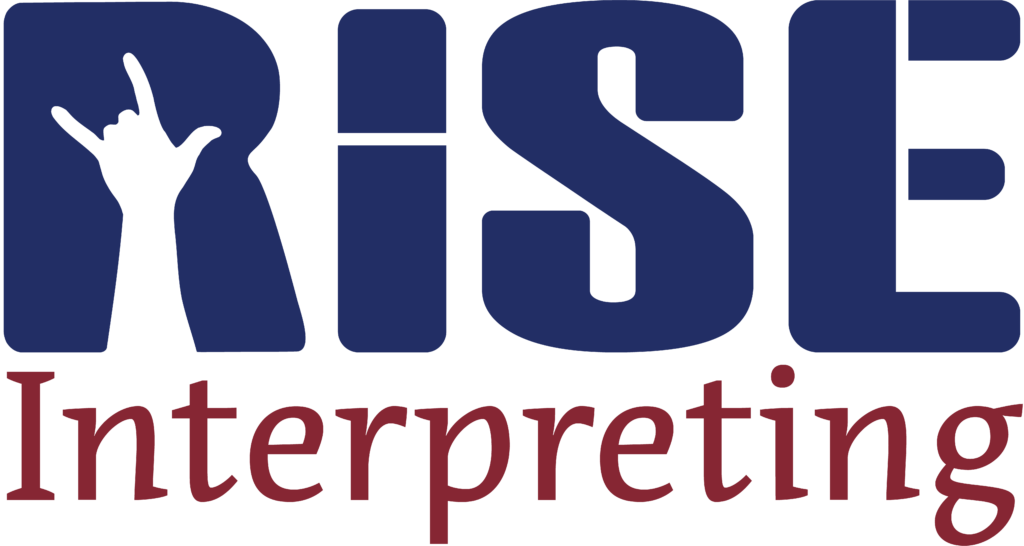In the last decade, American businesses have transformed their operational strategies to include diversity. Businesses are beginning to recognize that people with disabilities are a crucial part of the consumer group. It is imperative to consider the different kinds of customers and clients to remain relevant in a competitive market.
The Americans with Disabilities Act (ADA) makes it compulsory to consider this demographic by serving hefty fines to companies that are non-compliant. Therefore, businesses need to provide options for their Deaf and hard of hearing customers. Here are a few ways to do so.
Hire an ASL Interpreter
One fundamental human right is the ability to express yourself without discrimination. Equality in communication is an area people and businesses tend to unintentionally ignore. It is an honest oversight in running a company and making a profit. Nevertheless, Deaf people have the same right to access information that hearing people have.
Thirty years ago, the ADA set measures to eliminate discrimination against persons with disabilities in areas such as education, sports, law enforcement, and employment. By employing qualified American Sign Language (ASL) local interpreters for your business, you create a platform where the Deaf community can fully participate in what you have to offer.
Learn American Sign Language
Taking the time to learn ASL fosters better consciousness and thoughtfulness to the Deaf community. It helps you nurture a stronger appreciation for the Deaf and hard of hearing culture.
Did you know that as a second language, ASL is the 4th most-studied in US universities? About thirty-five states recognize it as a necessary subject to study in public schools across the United States. Currently, there are about 500,000 people who use ASL as their primary language.
Learning ASL can help you provide business for the Deaf and hard of hearing in your community. Knowing some signs is also beneficial for awareness and solidarity, and shows your customers that you respect them and care about their needs.
Provide Detailed Signs and Visual Cues
Visual communication is a broad subject that includes illustrations, signage, color, and a whole range of elements that satisfy a purpose. Therefore, the introduction of user-centered participatory signs and visual cues indicates a business that recognizes customer diversity.
For example, instead of using only audio systems to make periodic announcements to shoppers, consider putting the audio messages onto a large screen, using ASL. Your website designer should also work on audio-visual content with the Deaf and hard of hearing client in mind. When playing movies or television in, turn on Closed Captioning. It is free and provides access to the Deaf as well as thousands of people who have a hearing loss.
Ask Your Customers What You Can Do to Better Serve Them
Your business may have taken steps to ensure every category of client or customer is served appropriately. However, without engaging your customers to know what works best for them, business operations may unconsciously become discriminatory against this group of people.
For example, you can design a questionnaire to solicit their opinions and suggestions to help your business serve them better. An opinion poll works here because it provides the platform for assessing and reviewing your systems and procedures periodically.
Sponsor or Donate to a Local Deaf Team or Organization
It is a good idea to direct your corporate social responsibility towards local Deaf teams and organizations. By committing a percentage of your resources to these non-profit groups, you show support for their community and its goals. You never know; others may be motivated to follow your example.
Make Sure You Are ADA Compliant
Many employers might still be in the dark about ADA compliance requirements. However, by implementing an accessible environment for all customers, you already comply with the ADA. Avoid assumptions, as more than 10% of the American population live with an invisible disability.
It would be useful if you avoided using a one-size-fits-all approach for your customers. Ensure that your customer services are accessible and similar for all persons. These services must follow the goals of ADA to protect the rights and freedoms of people with disabilities.
Although these points would provide better service for your Deaf and hard hearing customers, go further to find your own creative ways of making these unique customers feel even more appreciated.


